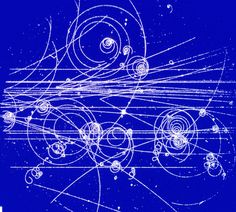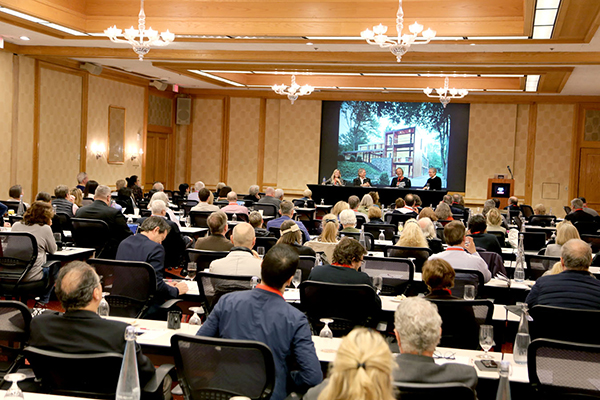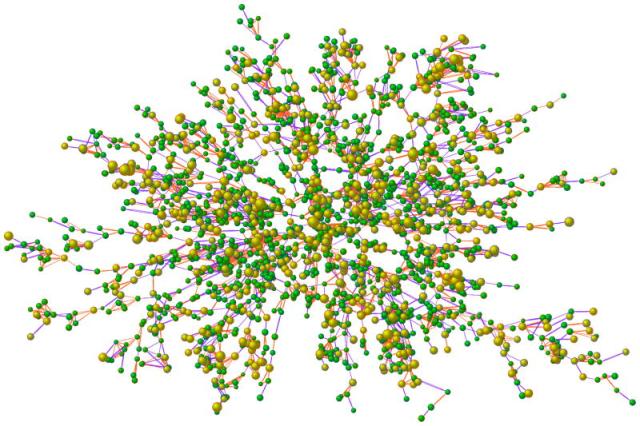What do historians of Christianity do?
Historians study and give accounts of the past, particularly the human past. Among  the interests of historians are past events, people, texts and other artifacts, cultures, ideas, and social systems.
the interests of historians are past events, people, texts and other artifacts, cultures, ideas, and social systems.
Historians of Christianity in particular typically focus on past Christian institutions, figures, systems, processes, and thought, and their relation to their social and cultural contexts.
The past can’t be known directly. It can only be known through its traces and effects. In that respect historians are a little like particle physicists, who can’t see sub-atomic particles, but can draw inferences about their character and behaviour from their effects.
How can they access the past?
A few principles follow from the fact that the past can be known only through its surviving evidence.
 1. Only a minuscule proportion of human activity leaves lasting evidence. So the past is largely beyond our ken.
1. Only a minuscule proportion of human activity leaves lasting evidence. So the past is largely beyond our ken.
2. This minuscule proportion of human activity that has left lasting evidence is huge in the aggregate, and no one could ever know it all. That’s another reason the past is largely beyond our ken.
3. Our understanding of any part of the past depends on the chance survival of relevant evidence.
4. Some kinds of evidence are more likely to survive others. For instance, people and events that were considered important by the creators of records in their own day are more likely to leave evidence than people and events that weren’t considered important. Also, intervening generations make decisions as to what’s important enough to keep.
5. The history that’s researched and written about depends on the interests of historians. Their personalities, sponsorships or institutional connections, personal agendas, social and cultural situations, and premises influence how we understand the past.
6. The past is easily misinterpreted. Even interpreting people we know personally can be tricky, but interpreting people from long ago and far away, in cultures very different from our own, is quite a challenge. “The past is a foreign country. They do things differently there” (L.P. Hartley, The Go-Between).
7. For all these reasons, historical conclusions are never certain, but only, at best, probable. What are sometimes called historical facts are theories and inferences that haven’t been weakened by suspicion or direct counter-evidence, and that enjoy broad consensus.
Three General Approaches to the history of Christianity
There are a great many ways to research and write about the Christian past. Since most writing about Christianity, at least before the nineteenth century, was done in the Mediterranean world and Europe, my focus here is on what may be called the Western approach to historiography (that is, research and writing about the past). In a rough and general way, three approaches to Christian historiography can be distinguished.
1. The pre-modern.
Pre-modern historians of Christianity characteristically have a theological purpose for their stories of the past. Sometimes they write to create, validate, or debunk a Christian norm, such as a tradition. Or sometimes they write to support the positions of their sponsors or masters.
Pre-modern accounts often illustrate God’s purposes for the world, judge past evil-doers, and appreciate the righteous.
In ages before widespread literacy, many pre-modern Christian historians that we know about are bishops, writers authorized by bishops, or other church leaders. But some are rebels against traditional ecclesiastical establishments, writing alternative or secret histories.
2. The modern.
Modern approaches to the history of Christianity began to emerge in western Europe and its colonies in the eighteenth century, and came to dominate university history departments.  Modern historians generally focus on the identification and interpretation of historical documents and other artifacts, marshaled to support stories of the past. They aim to be relatively objective and unbiased, applying the specialized skills of the profession in order to construct reliable accounts of the past. Therefore doing modern history usually requires, or is seen to require, advanced levels of education, leaving ‘amateur’ historians feeling marginalized.
Modern historians generally focus on the identification and interpretation of historical documents and other artifacts, marshaled to support stories of the past. They aim to be relatively objective and unbiased, applying the specialized skills of the profession in order to construct reliable accounts of the past. Therefore doing modern history usually requires, or is seen to require, advanced levels of education, leaving ‘amateur’ historians feeling marginalized.
Modern historians of Christianity typically exclude overt theological claims and supernatural explanations, and they usually feel more at home in the historical scholarly guilds than in the theological ones. Nevertheless they don’t necessarily scorn “meta-narratives” that serve non-historical agendas, such as national pride or a belief in human progress.
3. The post-modern.
 This approach found some traction in the 1970s, but it has never dominated the historical profession. Post-moderns challenge modern assumptions, such as the possibility of making unbiased judgments about evidence and arriving at a reliable knowledge of the past. They are critical of traditions of historical narrative, whose rules resemble those of prose fiction.
This approach found some traction in the 1970s, but it has never dominated the historical profession. Post-moderns challenge modern assumptions, such as the possibility of making unbiased judgments about evidence and arriving at a reliable knowledge of the past. They are critical of traditions of historical narrative, whose rules resemble those of prose fiction.
Problems with this three-fold categorization
Distinguishing pre-modern, modern, and post-modern approaches is common, but is a lot tidier than reality is. Some problems with this simple categorization include the following:
1. These categories could be mistaken for eras. They're not; they're types. For instance, we don't live in a post-modern era, even if some people take post-modern approaches.
2. These categories could make it look as if they represent a line of progress. They don't. Newer approaches aren’t necessarily better than older approaches.
3. These categories could look normative, as if approaches to history have to fit into one of the three of them. They don't. Types are attempts to find patterns, and are intended to be descriptive.
4. The categories could look mutually exclusive. They're not. The practicing historian doesn’t need to marry one of these categories exclusively, but can make use of all of them for different purposes.
5. Each of the categories could appear monolithic. They're not. Each category includes different approaches.
On the next three web-pages we’ll expand on each of these approaches. (Please use the links at the top left of this webpage.)